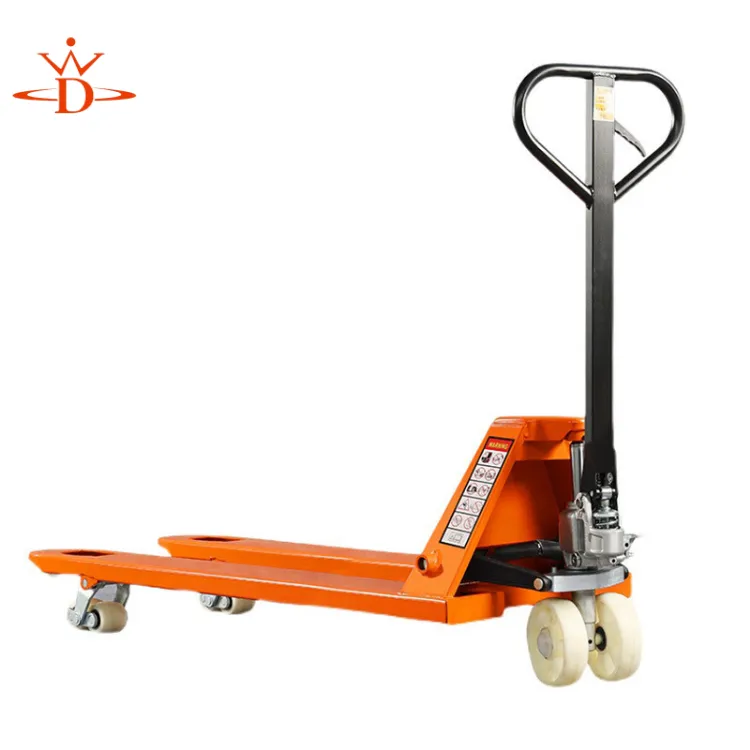light duty gantry
Light Duty Gantry A Versatile Solution for Modern Industries
In the fast-paced world of modern industries, the need for effective material handling solutions has never been more critical. Among the various tools available, light duty gantries have emerged as a versatile and efficient option. Designed to facilitate the movement of goods and components, these gantry systems offer a range of benefits that can enhance operational efficiency in various settings.
Understanding Light Duty Gantries
Light duty gantries are essentially overhead structures that provide support for lifting and transporting loads within a workspace. Typically constructed from lightweight materials, these gantries can be easily maneuvered and adjusted to suit different tasks and environments. They come equipped with wheels for mobility and are often fitted with hoists or other lifting mechanisms, making them ideal for a variety of applications, from assembly lines to warehouses.
One of the key characteristics of light duty gantries is their load capacity, which typically ranges from a few hundred pounds up to several tons. This makes them suitable for handling smaller loads that do not require heavy industrial lifting equipment. The adaptability of light duty gantries allows them to be utilized in diverse industries, including manufacturing, automotive, construction, and even in laboratories.
Benefits of Using Light Duty Gantries
1. Mobility and Flexibility Light duty gantries are designed for ease of movement. Their lightweight frame and rolling components allow them to be relocated quickly as tasks and workflows evolve. This adaptability can significantly enhance productivity, as workers can reposition the gantry to suit different projects without wasting time on setup.
light duty gantry

2. Cost-Effective Solution Compared to permanent overhead cranes or more complex lifting systems, light duty gantries are a cost-effective solution for businesses that require temporary or occasional lifting capabilities. Their lower purchase and maintenance costs make them accessible to small and medium enterprises that might not have the resources for large-scale equipment.
3. Space-Saving Design Many light duty gantries feature a modular design that can be collapsed or disassembled when not in use. This space-saving feature is particularly beneficial for organizations operating in smaller facilities where floor space is at a premium. By maximizing available space, businesses can maintain an organized and efficient work environment.
4. Enhanced Safety Safety is paramount in any industrial setting, and light duty gantries contribute to safer operations by minimizing manual lifting. With the use of lifting mechanisms, workers can transport materials without the risk of injury associated with heavy lifting or awkward maneuvering. Additionally, many gantries come with safety features such as locks and brakes to prevent accidental movement.
5. Customizable Options Many manufacturers offer customizable light duty gantries tailored to specific needs. This can include adjustable height settings, various load capacities, and different types of lifting attachments. Such customization ensures that businesses can select a gantry that perfectly aligns with their operational requirements.
Conclusion
As industries continue to evolve and demand for efficient material handling solutions grows, light duty gantries stand out as a practical and versatile choice. Their combination of mobility, cost-effectiveness, safety features, and customizable options make them an essential tool for businesses seeking to improve their operational efficiency. Whether in a warehouse, workshop, or construction site, light duty gantries can streamline processes and facilitate the seamless movement of goods, ultimately contributing to a more productive and safe working environment.
-
Unlock Seamless Relocation with Our Heavy Equipment Moving ExpertiseNewsJun.06,2025
-
Unleash Unrivaled Flexibility with Our Adjustable Gantry CraneNewsJun.06,2025
-
Unleash Heavy-Duty Efficiency with Our Industrial Gantry Crane SolutionsNewsJun.06,2025
-
Revolutionize Steel Handling with Our Magnetic Lifter RangeNewsJun.06,2025
-
Master Equipment Mobility with Premium Machinery Mover SolutionsNewsJun.06,2025
-
Elevate Your Material Handling with Magnetic Lifter TechnologyNewsJun.06,2025
-
YS Permanent Lifting Magnets: The Smarter Way to Handle SteelNewsMay.22,2025
